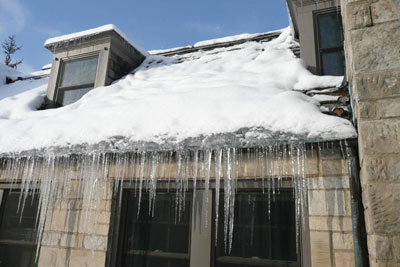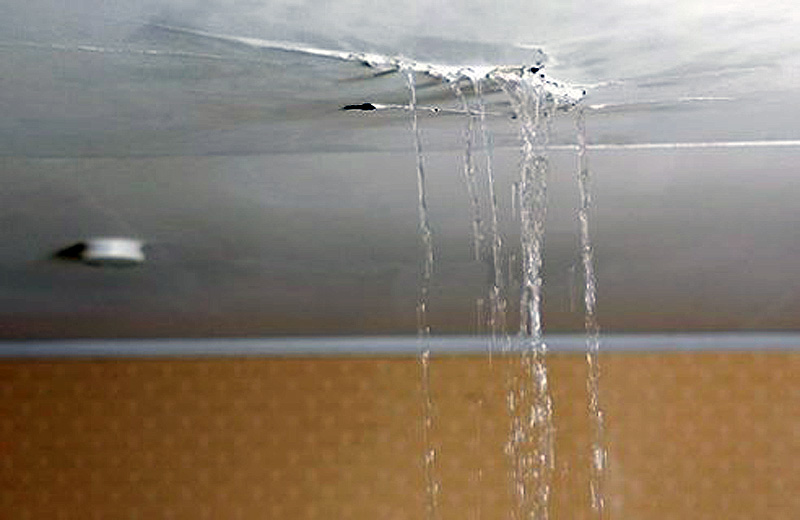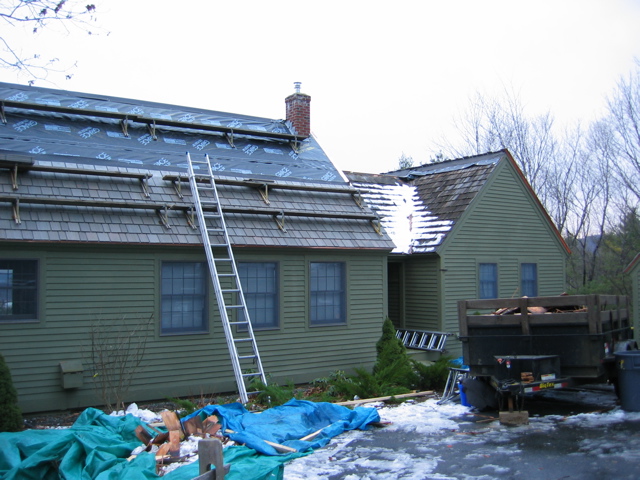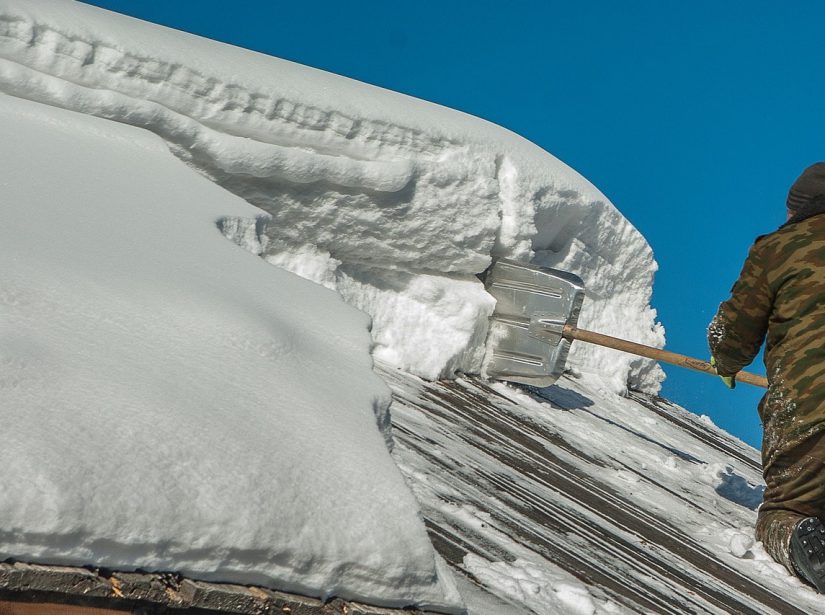Most homeowners view the months of December through February as down-time when it comes to exterior home improvement projects. Unless a concern is major, the conventional wisdom goes, if your roof needs repairs or replacement, you should just wait until spring? While it’s understandable to worry about having roofing work completed when the weather is cold and possibly snowy, winter roofing is possible in Connecticut and there are some upsides.


Leaks don’t get better by themselves
Perhaps the most apparent problem a homeowner can detect with their roof is a leak. If you discover a leak, waiting until spring to address it will just give it time to worsen, which puts your home and belongings in danger from water damage and mold. What’s more, additional leaks can start from the contraction and expansion of temperature variances. Winter roofing repairs or a replacement lowers these risks and ensures that you and your family stay dry and warm all season long.
Damage Leaves Your Roof Vulnerable to the Elements
Winter weather typically involves snowfall, ice, sleet and blasts of winds that can hurt your roof. If shingles are missing, loose or damaged, they can’t keep your home safe from the elements. If you discover damaged or missing shingles after weather events (or anytime, really), it’s important to assess the situation and potentially have repairs done as soon as possible. Winter typically doesn’t affect the ability of roofers to perform these types of repairs.
Some Materials are Easier to Install in Winter
Believe it or not, some roofing materials are actually easier to install during cooler or colder months, which is another reason to consider winter roofing. The installation of metal roofs, for example, is not impacted by cold weather. Asphalt shingles can also be installed during winter provided precautions are taken to prevent the shingles from breaking or not adhering properly – doing things like keeping them in a warm garage just prior to installation keeps them at the recommended threshold of 40 degrees. If you have a flat roof, some materials – like PVC or TPO – can also be installed safely during winter.
More Comfortable Work Conditions
While extreme temperatures in either summer or winter can frustrate roofing contractors, some much prefer work during cold or cooler winter days. Being up on a hot roof during the dog days of summer exposes workers to very warm temperatures, which can compromise safety and productivity. You can always dress to stay warm; no clothing choices make a late August afternoon any less stifling.


Snow is a Temporary Hurdle
Finally, while snow and ice does happen and it can slow things down, getting rid of accumulated snow for professionals used to doing so doesn’t take much time and it can be done so safely. It’s just another part of winter roofing.
It does have to be removed, as installation has to take place on an “appropriate substrate” and neither snow nor ice are at all appropriate. Once the snow is cleared away and the substrate is dry, roofing contractors can perform repairs or resume the installation of a winter roof replacement in a safe, non-slippery environment.
The net net is this – we work all winter. If you have a concern with your existing roof or have been contemplating a replacement – don’t wait until Spring. Contact us today to set up a consultation for roof repair or replacement. The winter weather won’t be stopping us!
